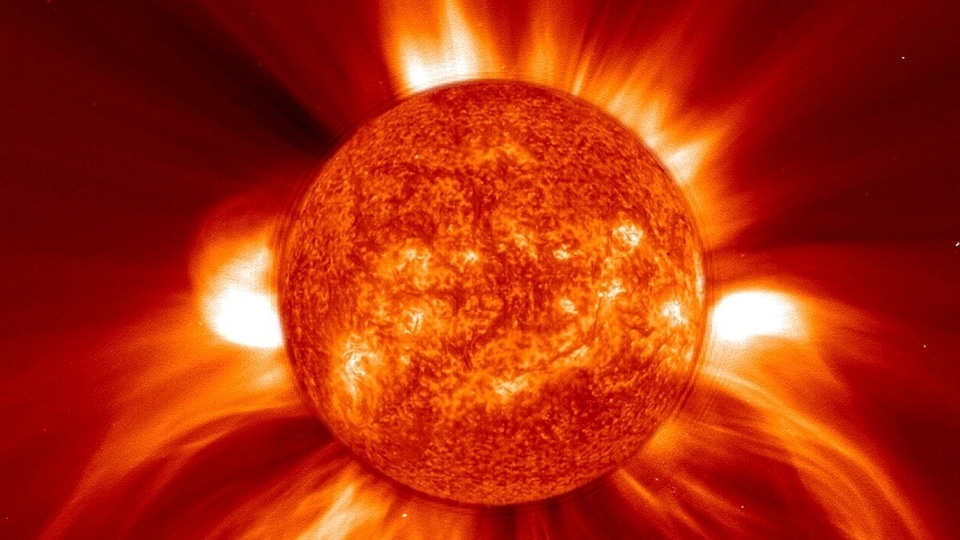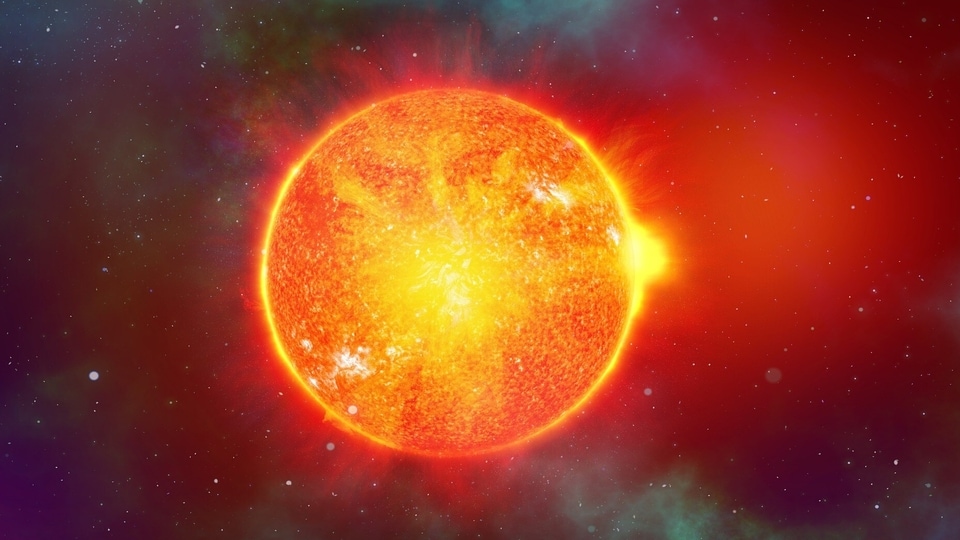UNEXPECTED! Solar storm strikes Earth ahead of schedule; CME hit from blind spot
In a big surprise, in the early hours of July 26, a solar storm struck the Earth ahead of schedule. This was ahead of the predicted CME strike tomorrow. Researchers are trying to figure out if this was an entirely overlooked CME.






 View all Images
View all ImagesYesterday, it was reported that a solar storm will strike the Earth tomorrow, on July 27, after a coronal mass ejection (CME) was seen moving towards Earth. However, the planet has been struck with a solar storm today itself, leading to many researchers being perplexed. Some believe that it is the same CME that somehow accelerated and struck ahead of time, while others believe there might have been another CME that was overlooked by the satellites and hit us from a blind spot. Either way, the solar storm today has created further complications for Earth, as any incoming CMEs will now amplify the overall intensity of the storm.
According to a report by SpaceWeather.com, “A minor G1-class geomagnetic storm is underway following the impact of a CME on July 25th at 2235 UT. It is unclear if this is the early arrival of a CME originally expected on July 27th or a completely different CME which was previously overlooked”.
Solar storm strikes the Earth today
This unexpected storm was found to be of G1-class intensity, which puts it in the minor solar storm category. So, this particular storm will not be dangerous to satellites, other ground-based electronics, or even power grids. However, it was powerful enough to spark an aurora display and that means it can also disrupt wireless communications such as GPS and shortwave radio frequencies, adding trouble for mariners, drone operators, and emergency responders.
Researchers are now trying to locate the CME that was expected to hit the Earth tomorrow. In case it is still out there, then we should be prepared for a higher-intensity event once it strikes. Such solar storms are capable of damaging instruments on satellites and even destroying satellites by increasing drag in the upper atmosphere. Further, they can also increase static electricity in near-earth environments, posing a threat to sensitive electronic equipment.
NASA STEREO spacecraft's role in solar observation
The Solar Terrestrial Relations Observatory (STEREO) is a pair of twin spacecraft that were launched in 2006 to study the Sun and its effects on Earth. The two spacecraft, STEREO-A, and STEREO-B, are in different orbits around the Sun, which allows them to view the Sun from different perspectives. This provides scientists with a stereoscopic view of solar phenomena, such as solar storms and CMEs.
Some of its main instruments include SECCHI (Sun-Earth Connection Coronal and Heliospheric Investigation), a suite of four instruments that study the Sun's atmosphere and the solar wind; IMPACT (In-situ Measurements of Particles and CME Transients), an instrument that measures the composition and dynamics of the solar wind; PLASTIC (Plasma and Suprathermal Ion Composition), an instrument that studies the composition of the solar wind and the effects of solar storms on Earth's atmosphere; and S/WAVES (STEREO/WAVES), an instrument that studies the radio emissions from the Sun and the solar wind.
Catch all the Latest Tech News, Mobile News, Laptop News, Gaming news, Wearables News , How To News, also keep up with us on Whatsapp channel,Twitter, Facebook, Google News, and Instagram. For our latest videos, subscribe to our YouTube channel.





























